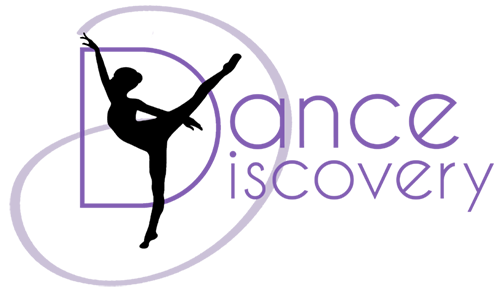If you love dance you may want to consider a career in the industry. As a successful backup dancer, you can enjoy a fast-paced and (sometimes) glamorous career performing with top artists. While you might not be the star of the stage, your role is critical to creating a visually spectacular performance, and to making sure the star truly shines.
Below, we take a look at why the role of backup dancers is crucial to enhancing the star's performance. We'll then explore some of the pros and cons of working as a backup dancer.
The Star of the Stage Needs You!
Ever been to a pop concert without backup dancers? Ok granted, some performers in recent times have generated media hype by using drones in place of dancers; but for the most part, big acts rely heavily on backup dancers to make their shows pop. Why? Because back up dancers:
- Add a huge amount of extra energy to the stage, thus boosting the star's energy
- Complement the star's movements through mirroring and framing
- Emphasise the rhythm of the music through the choreography
- Contribute to the creation of a visually mesmerising display (they help make the star look good and his or her concerts memorable)
While the star will often need to focus on belting out vocals, backup dancers can engage fully with the music, using movement to help draw attention to the main act. The style of dance and the costumes of backup dancers can also help to highlight the star's particular style and aesthetic.
So the main star relies heavily on backup dancers to complement their performance; now let's take a look at some of the pros and cons of working as a backup dancer.
The Perks of being a Backup Dancer
First and foremost, backup dancers get to do what they love for a living! How many of us can say that? Backup dancers experience the adrenalin thrill of performing on stage to roaring crowds - but without feeling the enormous pressure of the star. If engaged by top performers, backup dancers can also earn big dollars on tour, significantly more than many other positions in the dancing industry. Some back up dancers (like Ashley Everett) have even made a name for themselves as a result of both their dancing skill and their close relationship with a star.
So there's some pretty big perks, but like most jobs, being a back up dancer can have its downsides too.
The Cons of being a Backup Dancer
Probably the biggest downside noted by many backup dancers is the irregularity of work and competitiveness for roles. As a backup dancer you are essentially a participant in the gig economy - sure you might score a great role on a tour but when the tour's over, you're back to auditioning! Backup dancers also often have incredibly gruelling schedules. Particularly when on tour, backup dancers have to adhere to the same punishing schedule as the main performer - this might mean five concerts a week in five different cities with lots of travel in between!
As well as this, dancers are often expected to pick up choreography very quickly and to work with different choreographers across different styles, often all for the one performance.
When you consider how hard backup dancers work - not only to stay in shape but to learn new routines and moves, it's no surprise that injuries are a common problem.
If you're interested in becoming a backup dancer, learning what steps you can take to best protect yourself from injury is critical, as is allowing yourself downtime to relax and refresh your body.
Want a career in dance? Take the first steps and contact Dance Discovery today.
